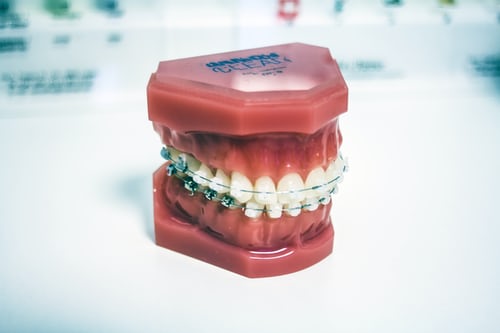Dental implants have revolutionised the restorative dentistry field and this has provided a durable and natural looking solution so that missing teeth can be replaced. But the success of the implant placement will depend on the quality and quantity of your jawbone that is available to support implants.
You can search online ‘where to get dental implants’ if this is a procedure that you are interested in. You need to choose a skilled and experienced dental implant specialist so that your chances of a successful outcome are higher. Bone grafting is a surgical procedure where you add bone or bone-like material to the jawbone so that its volume and density can be improved. The goal of bone grafting is to create a stable and supportive environment for placing implants. When a tooth is extracted or lost, the surrounding bone can resorb or shrink back as there is no stimulation from the root of the tooth. When there is insufficient bone density and volume, it can compromise the success of dental implants. The dental implants need a solid base so that they can function effectively. The jawbone can be augmented by this procedure so that the right width, height and depth can be provided for placing implants. This is important in areas where the bone doesn’t have sufficientdentistry to support an implant.

The success rate of dental implants increases
When there is a strong and healthy jawbone. Implants have a better chance of integrating with the surrounding bone when bone volume is increased through grafting. This will reduce the risk of the implant failing. When there is tooth loss and bone resorption, it can lead to changes in your facial appearance. You will have a sunken look as a result of this. With bone grafting, the natural contours of the face can be preserved. This is because bone volume in the jaw is maintained. There are different bone graft materials used in implant procedures and this will depend on the needs of the patient. In an autograft, bone harvested from the patient’s own body will be used. This will be bone taken from the jaw, hip or another site. This will contribute to excellent integration potential and reduce the risk of rejection.

Then there are allografts where the bone will be taken from a human donor.
The bone will be processed and sterilised before it is transplanted. This way, you don’t need to have a second surgical site to harvest bone. This will be processed so that cells that can cause rejection can be removed. In xenografts, the bone graft material is derived from animal sources. This is usually cow or pig. They will be processed so that organic materials can be removed and the risk of rejection can be removed. A scaffold will be provided by these for new formation of bone. There are also synthetic bone graft materials that are biocompatible substances that can mimic natural bone properties. These include bioactive glasses and calcium phosphate ceramics.















